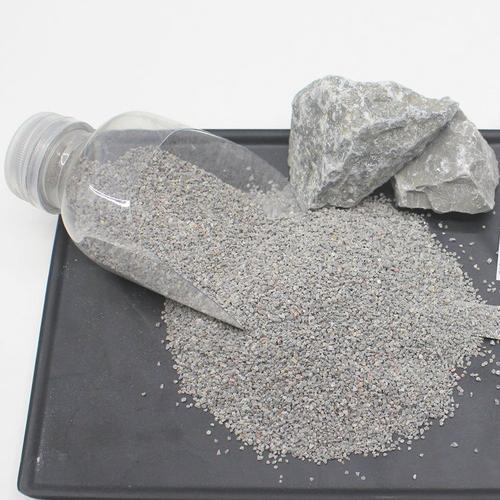Sand and Concrete Mix: A Comprehensive Guide
When it comes to construction, the quality of the concrete mix is paramount. One of the key ingredients in this mix is sand. In this article, we will delve into the details of sand and concrete mix, exploring its composition, importance, and various types. Let’s begin by understanding the basic components of a concrete mix.
Composition of Sand and Concrete Mix
A typical concrete mix consists of four main components: cement, aggregates (which include sand and gravel), water, and admixtures. Sand, being a fine aggregate, plays a crucial role in the mix. It not only adds bulk to the concrete but also improves its workability and durability.

The sand used in concrete mix should be clean, dry, and free from organic matter. It should also have a specific grain size distribution, which is essential for achieving the desired concrete properties. The fineness modulus (FM) is a measure of the grain size distribution of sand. It ranges from 0.7 to 3.1, with lower values indicating finer sand and higher values indicating coarser sand.
Importance of Sand in Concrete Mix
Sand contributes to the strength and durability of concrete in several ways:
-
Workability: Sand improves the workability of concrete, making it easier to place and finish. This is particularly important in large-scale construction projects where the concrete needs to be pumped or placed in difficult-to-reach areas.
-
Strength: Sand fills the voids between the larger aggregates, reducing the porosity of the concrete. This results in a denser, stronger material that is more resistant to cracking and spalling.

-
Durability: The presence of sand in the mix improves the durability of concrete by reducing the permeability to water and chemicals. This is crucial in environments where the concrete is exposed to harsh conditions, such as saltwater or acidic rain.
Types of Sand Used in Concrete Mix
There are several types of sand available for use in concrete mix, each with its own unique properties:
-
River Sand: This type of sand is obtained from riverbeds and is characterized by its smooth, rounded grains. It is commonly used in concrete mixes due to its good workability and strength. However, river sand may contain a higher percentage of fines, which can affect the concrete’s strength and durability.
-
Sea Sand: Sea sand is obtained from beaches and is often used in coastal construction projects. It has a higher salt content compared to river sand, which can lead to corrosion of steel reinforcement. Therefore, it is not recommended for use in concrete mixes where the concrete will be exposed to saltwater.
-
Desert Sand: Desert sand is obtained from deserts and is characterized by its fine, sharp grains. It is not commonly used in concrete mixes due to its poor workability and strength. However, it can be used in certain applications, such as in the production of lightweight concrete.
-
Manufactured Sand: Manufactured sand is produced by crushing rocks and other aggregates. It is often used in concrete mixes where natural sand is scarce or unavailable. While manufactured sand can be a suitable alternative to natural sand, it may have a higher fineness modulus, which can affect the concrete’s workability and strength.
Proper Sand to Cement Ratio
The sand to cement ratio is an important factor in determining the quality of the concrete mix. A higher sand to cement ratio can improve the workability of the concrete but may reduce its strength. Conversely, a lower sand to cement ratio can increase the strength but may make the concrete more difficult to work with.
As a general guideline, the sand to cement ratio for most concrete mixes ranges from 0.5 to 1.0. However, the optimal ratio may vary depending on the specific application and the desired concrete properties. It is essential to consult with a structural engineer or a concrete expert to determine the appropriate sand to cement ratio for your project.
Conclusion
In conclusion, sand is a crucial component of the concrete mix, contributing to its workability, strength, and durability. By understanding the different types of sand and their properties, as well as the proper sand to cement ratio, you can ensure that your concrete project is successful. Always consult with a professional to ensure that your concrete mix meets the required specifications and standards.
| S
Website: https://skbestpumpsandmotors.com |
|---|











